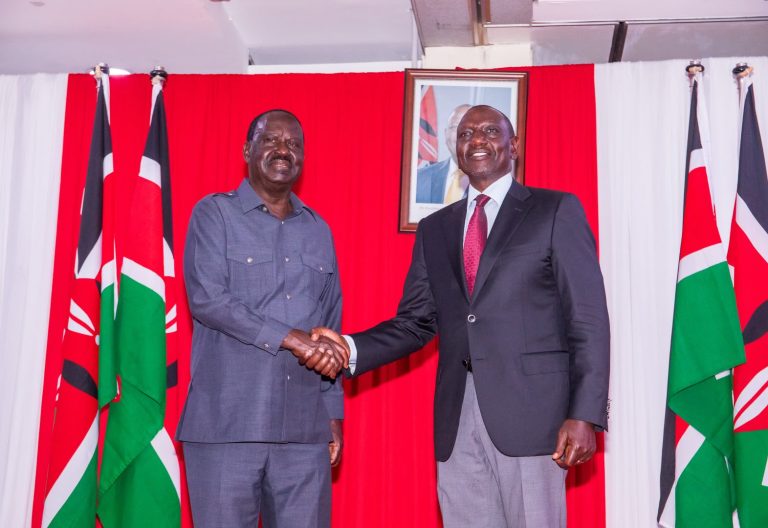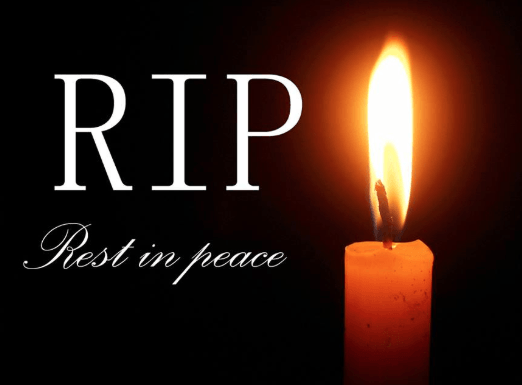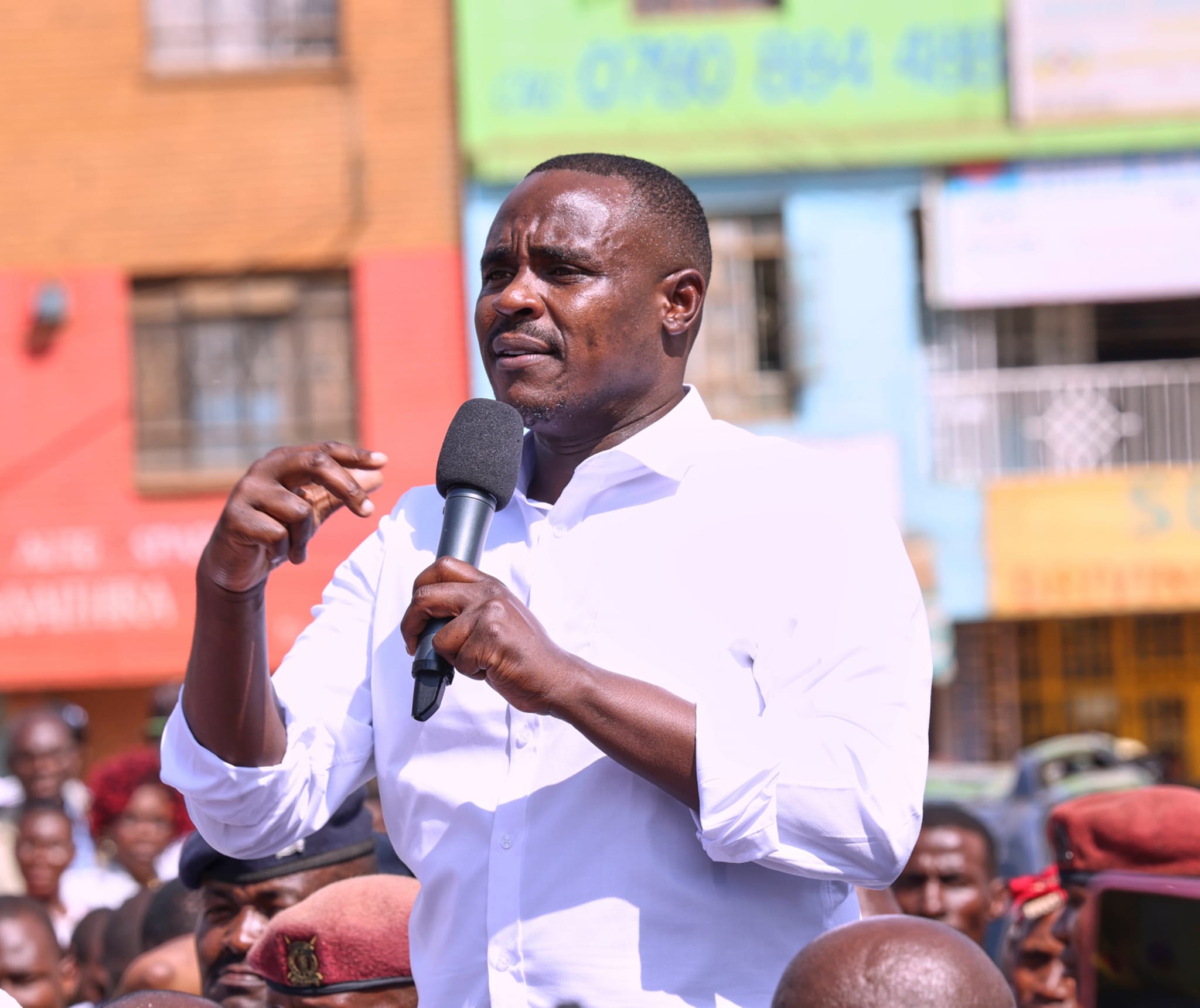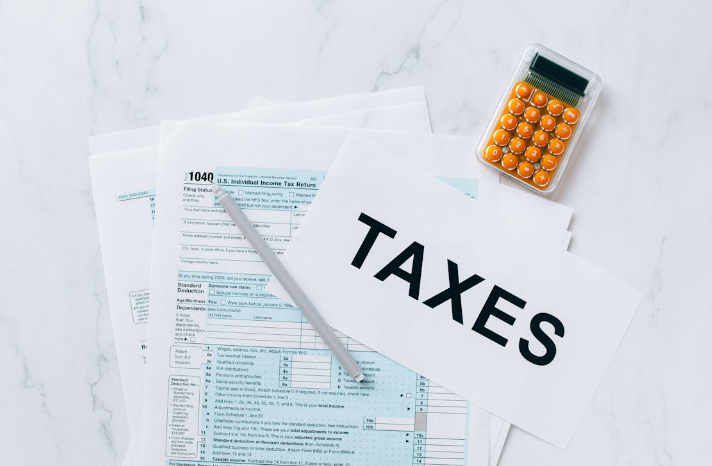It may be new dawn or a fragile pact

On March 7, 2025, the Kenyatta International Convention Centre (KICC) in Nairobi City County became the stage for a seismic shift in Kenyan politics.
President William Ruto’s Kenya Kwanza coalition and Raila Odinga’s Orange Democratic Movement (ODM) signed a partnership agreement, a bold move that promises to split the government equally between these erstwhile rivals.
This unprecedented pact, formalised amidst cheering supporters and intense speculation, could either herald a transformative era of unity and progress or expose the fissures of a marriage of convenience in a nation yearning for stability.
As the ink dries on this agreement, its impact reverberates across political, economic, and social spheres, raising both hope and skepticism in equal measure.
The political implications of this partnership are profound. Kenya’s history is littered with bitter rivalries, none more iconic than the decades-long duel between Ruto and Odinga.
The 2022 election, which saw Ruto triumph amid Odinga’s claims of electoral theft, deepened this divide, sparking protests that shook the nation in 2023 and 2024.
Yesterday’s signing at KICC marks a radical departure from that antagonism, forging a broad-based government where power is shared equally. ODM’s anticipated nomination of at least three additional Cabinet Secretaries, alongside an equitable distribution of key positions, suggests a coalition that transcends tribal and ideological lines.
This could stabilise a political landscape long plagued by zero-sum games, offering a model of inclusivity that prioritises dialogue over division. Yet, the risk looms large: will this equal sharing dilute accountability, or worse, paralyse governance as two strong-willed leaders jostle for dominance?
Kenya’s citizens have borne the brunt of soaring living costs, a weakening shilling, and IMF-driven austerity measures under Ruto’s tenure.
ODM’s influence in this equally shared government could temper Kenya Kwanza’s economic policies, which have leaned heavily on tax hikes and fiscal restraint—policies that fueled unrest, notably the Gen Z-led protests of 2024.
Raila Odinga has long championed populist measures like subsidies, and today’s pact at KICC may signal a shift toward relief for the masses. An equal stake in decision-making could blend Kenya Kwanza’s bottom-up economic rhetoric with ODM’s social welfare ethos, potentially easing the burden on ordinary Kenyans. However, the devil lies in the details. With Kenya’s debt hovering at unsustainable levels, can this coalition reconcile its ambitions with fiscal reality, or will it succumb to populist excess, further straining an already fragile economy?
Democratically, the KICC signing is a double-edged sword.
On one hand, it strengthens the case for coalition governance as a tool for national healing. By integrating ODM into the fold, Ruto acknowledges the legitimacy of opposition voices, a gesture that could rebuild trust in institutions like the Independent Electoral and Boundaries Commission (IEBC), whose reconstitution has been a sticking point.
An equally shared government might also pave the way for electoral reforms ahead of 2027, ensuring a more credible process. Yet, this pact risks eroding the opposition’s role. With ODM now a partner rather than a watchdog, figures like Kalonzo Musyoka and Martha Karua are left to shoulder the burden of dissent.
Posts on X today reflect this unease; with some Kenyans hailing the move as a step toward “stability through inclusivity,” whiles others decry it as a “betrayal of voters” and a “scramble for power.” The absence of a robust opposition could weaken democratic checks, leaving the coalition unchecked to prioritise political survival over public interest.
Socially, the partnership’s impact is already palpable outside KICC, where UDA and ODM supporters gathered in a rare display of unity. This equal sharing of power could bridge ethnic divides, particularly between the Kikuyu-Kalenjin axis of Kenya Kwanza and the Luo-Nyanza base of ODM, fostering a sense of national cohesion absent since the 2008 National Accord.
Yet, the Gen Z movement, which has rejected both Ruto and Odinga as relics of an old guard, looms as a wildcard. Their protests last year demanded systemic change, not elite pacts.
Yesterday’s agreement, while quelling immediate unrest, may deepen their disillusionment, driving a generational wedge that no amount of power-sharing can mend. The jubilant songs of ODM supporters at KICC contrast sharply with the silence of a youth demographic that feels sidelined by this deal.
— The writer is a Communication Consultant













